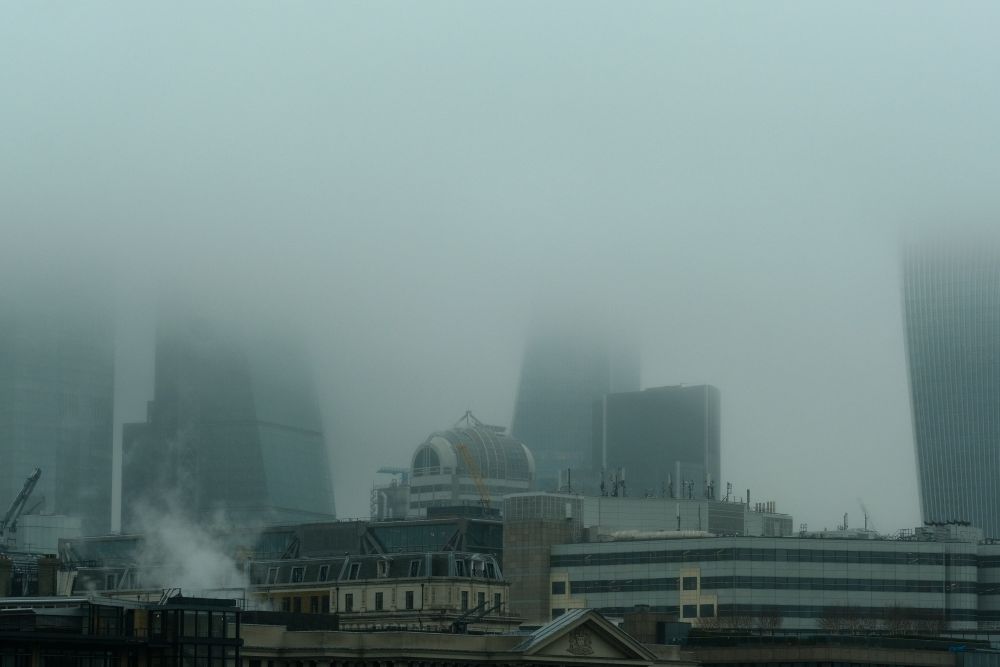Mixed pollution results for London during lockdown
Research from King’s College London has found that levels of the pollutant nitrogen dioxide (NO2) has reduced significantly during lockdown.

Research from King’s College London has found that levels of the pollutant nitrogen dioxide (NO2) has reduced significantly during lockdown.
The report, which was published earlier this month, found that levels of NO2 concentrations, which is released by car exhausts, have lowered as much as 55 percent due to less road traffic.
The report split the lockdown period into two sections, namely the ‘pre-lockdown’ period from 12 to 23 March when the public were strongly urged to observe social distancing, to limit their movements etc; and the 'post-lockdown’ period from 24 March onwards when the measures on social distancing, travel, etc., were strengthened.
In busy roadside sites Marylebone Road and Euston Road, NO2 concentrations were down 55 percent and 36 percent respectively. The mean reduction in hourly NO2 concentrations lowered by 21.5 percent across the capital.
However, levels of particulate matter (PM) 10 and 2.5 were higher post-lockdown than at any other time in 2020, due to easterly winds and pollutants from northern Europe.
“Our early analysis of the lockdown showed significant reductions in nitrogen dioxide (NO2) particularly near busy roads in London where in some central areas concentrations were halved”, said Professor Martin Williams, Head of Science Policy and Epidemiology team, School of Population Health and Environmental Sciences at King’s.
“However, the lockdown period coincided with easterly winds and higher temperatures, so we saw increase particle concentrations (PM2.5) as pollutants from norther Europe added to UK emissions to give higher than usual PM2.5 levels. The higher temperatures post lockdown also led to higher ozone concentrations.”
The research also noted that changes in indoor activity saw some groups of people, namely children and tube users, exposed to a higher level of PM2.5 because of the additional time spent cooking at home. This is due to the pollutants released from gas hobs and roasting meats and vegetables.
“In normal circumstances, the decrease of NO2 concentrations would be beneficial, but these improvements will have been masked by the increase in PM2.5 and ozone concentrations. It also remains to be seen how air pollution affects those with COVID-19. More research is needed to assess how air pollution affects health during lockdown and the role of air pollutants in the spread of the virus.”
He concluded that: “The high concentrations of PM2.5 during lockdown is a clear warning that if the UK is to achieve the current World Health Organisation PM guidelines then as well as actions in the UK, other European countries will need to achieve their emission reduction targets.”






